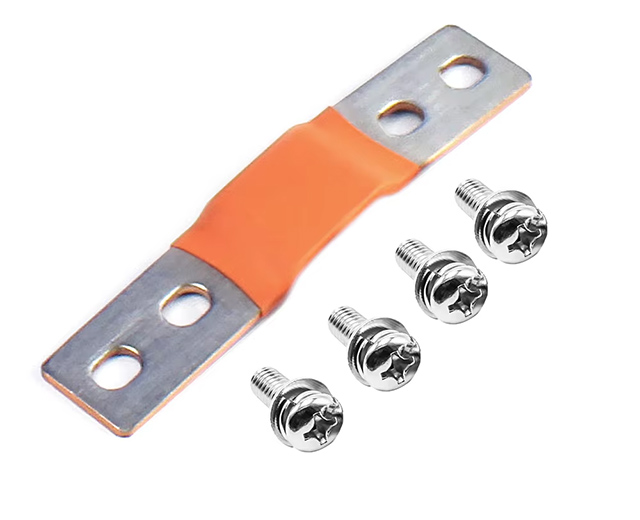2025-11-13 11:16:55
A Busbar System is an essential electrical structure designed to distribute, conduct, and manage high electrical current efficiently within industrial, commercial, and renewable energy systems. Unlike traditional cable wiring, a busbar system uses solid metallic strips—usually made of Copper Busbar or Aluminum Busbar—to provide better conductivity, reduced resistance, and improved heat dissipation.

A busbar is a flat, solid, or flexible strip of conductive metal used to carry electrical current. It acts as a main pathway for electricity inside electrical switchboards, panels, power distribution units, and battery packs.
Busbars are available in various forms, such as Flexible Busbar, Flexible Copper Busbar, Flexible Aluminum Busbar, and Solid Copper Busbar, depending on the application.
A busbar system typically consists of:
Conductive Bars: Usually copper or aluminum for high conductivity
Insulating Materials: PVC, epoxy resin, or heat shrink insulation for protection
Busbar Connector: Used to connect to cables, terminals, or circuit breakers
Mounting Supports & Fasteners: For mechanical stability and spacing
Protective Coating: Tin, nickel, or silver plating to resist corrosion
The busbar system serves as a central hub for electrical energy flow. When current enters the busbar, it is distributed to multiple outgoing circuits or devices.
It ensures:
Uniform voltage distribution
Reduced power loss due to low resistance
Reliable connection between power sources and loads
| Type | Material | Features | Applications |
|---|---|---|---|
| Copper Busbar System | Copper (T2/C1100) | Excellent conductivity, high durability | Switchgear, substations |
| Aluminum Busbar System | Aluminum (1060/6061) | Lightweight and cost-effective | Power cabinets, energy storage |
| Flexible Busbar System | Laminated copper/aluminum foils | Vibration absorption, easy bending | Battery packs, EV systems |
| Insulated Busbar System | Epoxy or PVC coated | Enhanced safety and compact layout | Data centers, control panels |
Busbar systems are used in:
Power Distribution Cabinets
Industrial Switchgear & Control Panels
Renewable Energy Systems (Solar/Wind)
Battery Energy Storage Systems (BESS)
EV Charging Stations
Data Centers & UPS Systems
Marine & Railway Power Systems
High Current Capacity – Handles large loads safely
Low Energy Loss – Lower resistance than cables
Compact & Space-Saving – Organized structure reduces clutter
Excellent Heat Dissipation – Flat shape allows better cooling
Easy Installation & Maintenance – Modular and customizable
High Reliability – Stable and long-lasting performance
Connecting busbars properly is crucial for performance and safety:
Clean the surface to remove oxidation
Align holes and use Copper Busbar Connector or Aluminum Lugs
Apply anti-oxidation paste for corrosion protection
Fasten with bolts and washers to ensure tight contact
Add insulation or covers as required for safety
Regularly inspect for loose connections and overheating marks
Ensure oxidation-free surfaces
Verify insulation integrity
Keep the busbar system dry and free from dust
A Busbar System is a critical element in modern electrical infrastructure, offering safe, efficient, and organized power distribution. Whether using a Copper Busbar, Flexible Busbar, or Aluminum Busbar, choosing the right system ensures improved electrical performance and long-term stability.